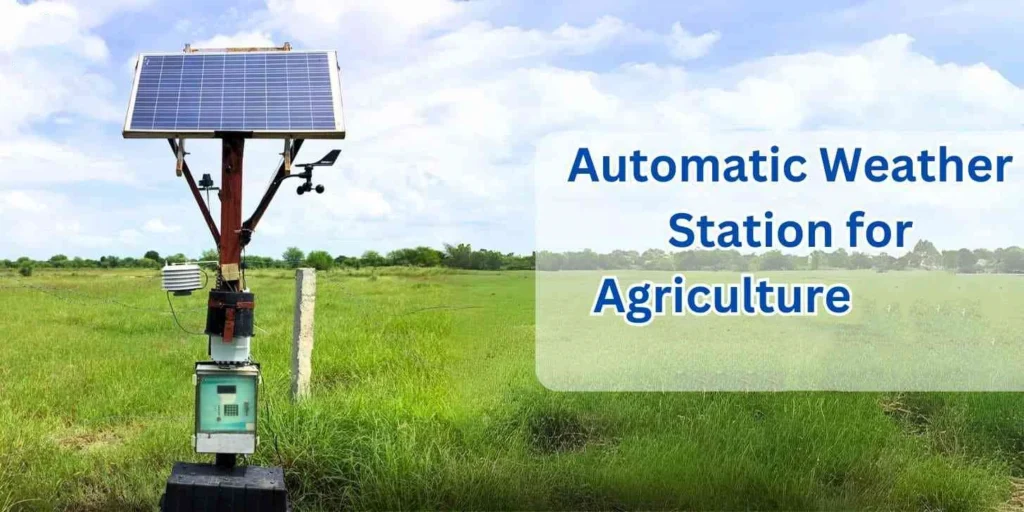Automatic Weather Station: Definition and Functionality

# Automatic Weather Station: Definition and Functionality
An Automatic Weather Station (AWS) is a sophisticated system designed to collect and record meteorological data without the need for constant human intervention. These stations are equipped with various sensors that measure environmental parameters such as temperature, humidity, wind speed, wind direction, rainfall, and atmospheric pressure. The data collected by an AWS is crucial for weather forecasting, climate research, and various applications in agriculture, aviation, and disaster management.
## Components of an Automatic Weather Station
An AWS typically consists of several key components:
– Sensors: These are the primary devices that measure environmental parameters. Common sensors include thermometers for temperature, hygrometers for humidity, anemometers for wind speed, wind vanes for wind direction, rain gauges for precipitation, and barometers for atmospheric pressure.
– Data Logger: This component records the data collected by the sensors. It stores the information in a digital format, which can be accessed and analyzed later.
– Power Supply: AWS units are often powered by solar panels, batteries, or a combination of both to ensure continuous operation, especially in remote locations.
– Communication System: This system transmits the collected data to a central database or a remote server. Communication can be achieved through various means, including satellite, radio, or cellular networks.
– Mounting Structure: The sensors and other components are mounted on a sturdy structure, often a tower or mast, to ensure accurate measurements and protect the equipment from environmental damage.
## Functionality of an Automatic Weather Station
The primary function of an AWS is to provide accurate and real-time weather data. Here’s how it works:
– Data Collection: The sensors continuously monitor environmental conditions. For example, a thermometer measures the temperature, while an anemometer records wind speed.
– Data Logging: The data logger collects and stores the information from the sensors. It ensures that the data is time-stamped and organized for easy retrieval.
– Data Transmission: The communication system sends the collected data to a central database or a remote server. This allows meteorologists and researchers to access the information from anywhere in the world.
– Data Analysis: Once the data is received, it can be analyzed to generate weather forecasts, study climate patterns, or make informed decisions in various industries.
## Applications of Automatic Weather Stations
AWS units are used in a wide range of applications:
– Weather Forecasting: Meteorologists rely on AWS data to predict weather conditions and issue warnings for severe weather events.
– Agriculture: Farmers use AWS data to optimize irrigation, planting, and harvesting schedules, improving crop yields and reducing water usage.
– Aviation: Airports use AWS to monitor weather conditions, ensuring the safety of flights and passengers.
– Disaster Management: AWS data helps in predicting and managing natural disasters such as hurricanes, floods, and droughts.
– Climate Research: Scientists use long-term AWS data to study climate change and its impacts on the environment.
In conclusion, Automatic Weather Stations play a vital role in modern meteorology and environmental monitoring. By providing accurate and real-time data, they help us understand and respond to the ever-changing weather and climate conditions. Whether it’s for forecasting, agriculture, or disaster management, AWS units are indispensable tools in our quest to harness and protect our natural environment.
Keyword: what is automatic weather station
